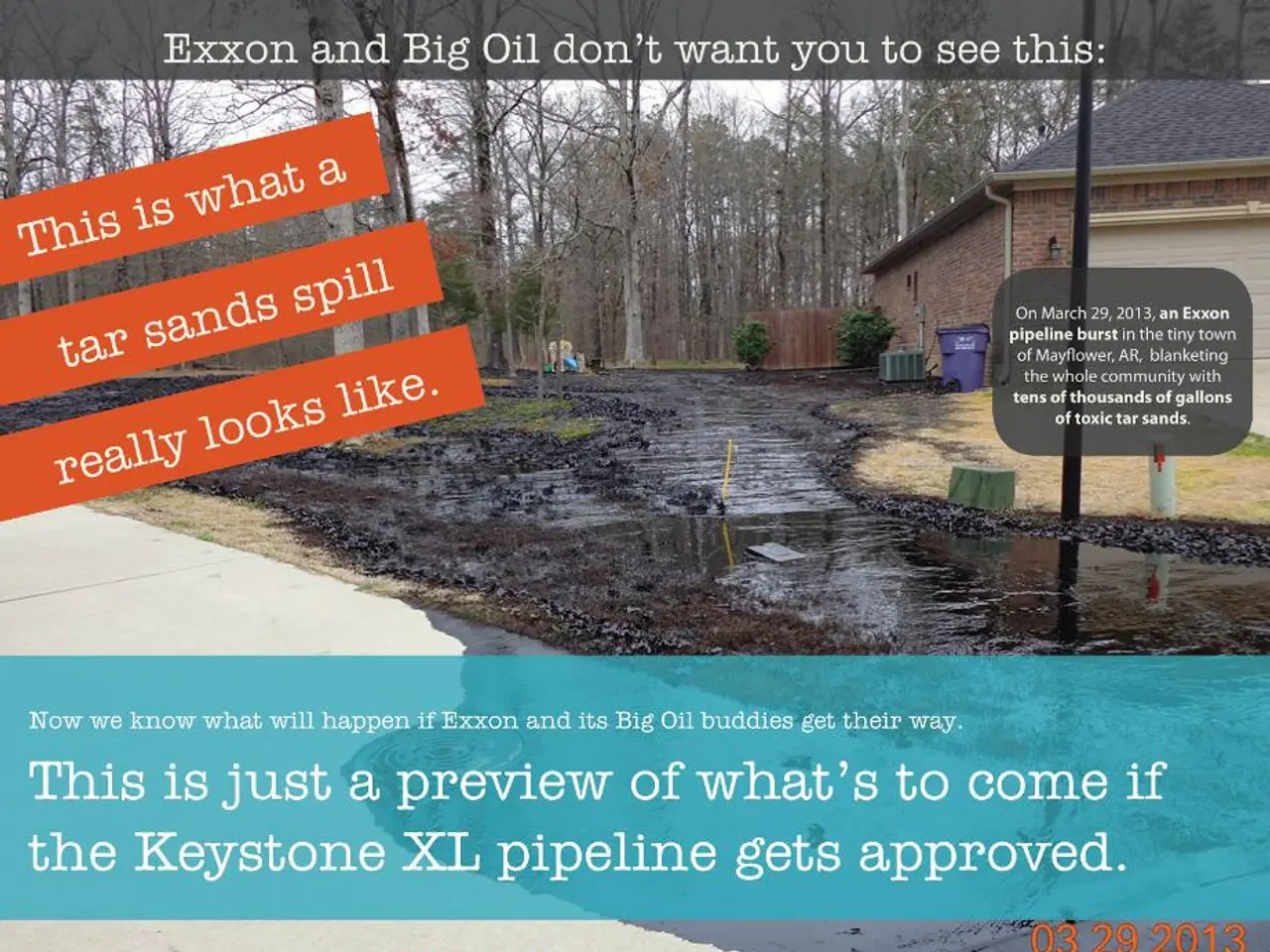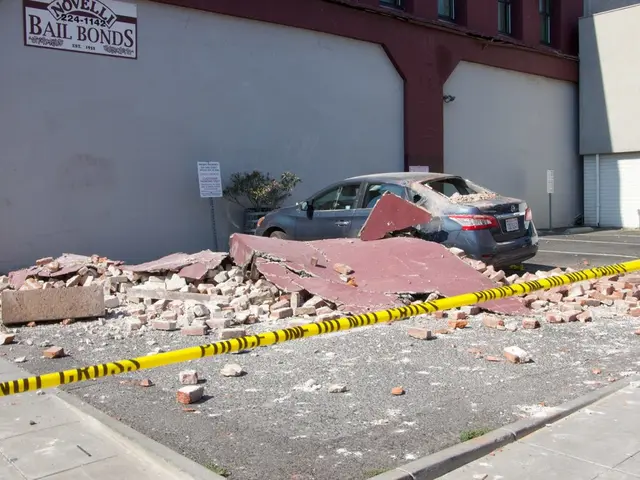Recycling initiative transforms plastics into petroleum-like substances loaded with hydrocarbons
Transforming Marine Plastic Waste into Valuable Resources
A groundbreaking process developed by researchers at Enea, a laboratory specializing in waste and material reuse, recycling, recovery, and valorization, is revolutionizing the management of plastic waste collected from the sea and beaches. The innovative method, which uses a thermochemical treatment called pyrolysis, converts problematic marine plastic waste into useful oils and chemicals, fostering sustainable materials management and supporting a circular economy.
The Pyrolysis Process
- Collection of Plastic Waste: Plastic debris and waste are gathered from marine environments.
- Thermal Decomposition: The plastic waste is heated at high temperatures (typically between 300°C to 700°C) in an oxygen-free environment, causing the long polymer chains in plastics to break down into smaller molecules.
- Conversion into Oil and Chemicals: This breakdown produces a synthetic oil (often called pyrolysis oil), gases, and solid residues like char. The oil can be refined further into fuels or chemical feedstocks.
- Separation and Refining: The produced oil can be separated and refined to create usable fuels or raw materials for new products, effectively turning waste into resources.
Boosting Efficiency and Quality
To further improve the yield and quality of the new oil obtained from plastic waste recovered from the sea, the process employs a catalyst, derived from industrial waste. This innovative approach has resulted in the conversion of over 90% of the plastic waste into high-value hydrocarbons, with approximately 87% in light oil and 8% in gas.
Benefits for the Circular Economy
- Waste Reduction: Pyrolysis helps reduce the volume of plastic waste in oceans and landfills, addressing pollution and environmental damage.
- Resource Recovery: Instead of plastics being discarded, they are transformed into valuable raw materials, closing the loop on plastic use.
- Energy Efficiency: The recovered oil can replace fossil fuels, potentially reducing dependence on virgin fossil resources.
- Economic Value: It creates new revenue streams from waste and supports industries in producing recycled and sustainable products.
- Lower Environmental Impact: By diverting plastic waste from incineration or landfill, pyrolysis may reduce greenhouse gas emissions and other pollutants.
In summary, Enea’s use of pyrolysis transforms problematic marine plastic waste into useful oils and chemicals, fostering sustainable materials management and supporting a circular economy by turning waste into valuable resources. The process developed by the working group aims to overcome the challenges related to the mechanical collection of plastic from the sea and beaches, and it could potentially improve the yield and quality of the new oil obtained from plastic waste recovered from the sea.
- The science behind the renewable-energy industry is advancing, as Enea's pyrolysis process in environmental-science converts marine plastic waste into light oil and gas, supporting a circular economy by offering a valuable resource.
- This innovative method, applied within the finance sector, could potentially increase revenue streams for industries producing recycled and sustainable products, while minimizing environmental harm by reducing the need for fossil fuels.
- With the renewable-energy industry adopting pyrolysis technology, we can protect our environment by reducing plastic waste in oceans and landfills, focusing on waste reduction, resource recovery, and energy efficiency.




